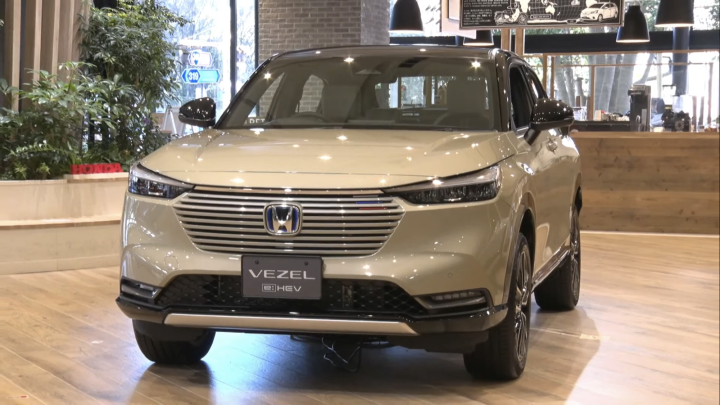Let me put it this way. In the past few years, the Chinese automobile market has been fiercely competitive, making it difficult for manufacturers to break through the price ceiling. As a result, over-competition and crazy internal competition have emerged. Along with this, the threshold for consumers’ sensory experience has also been significantly increased.
The most obvious example is the use of various advanced design languages in vehicles priced around 100,000 yuan:
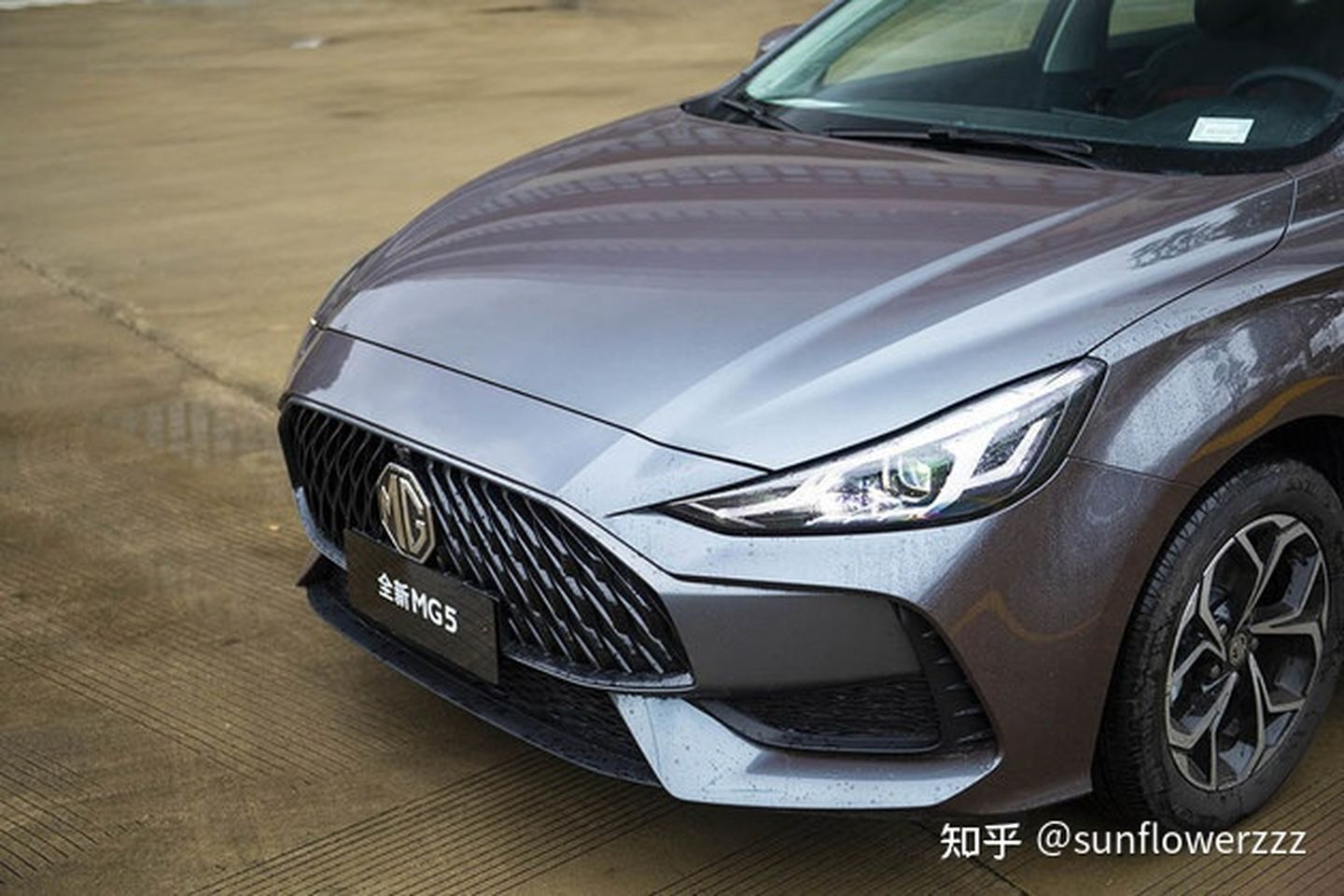
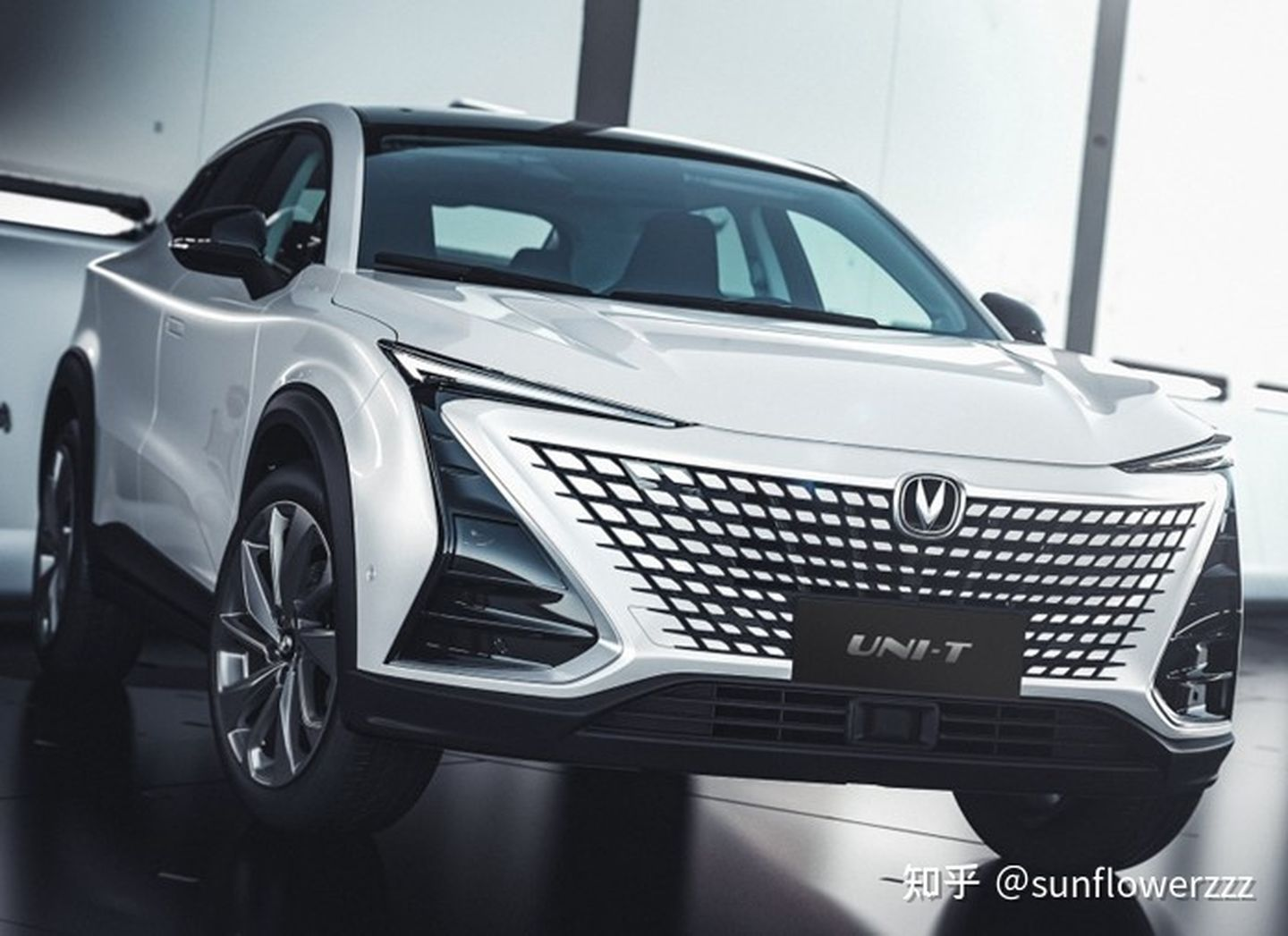
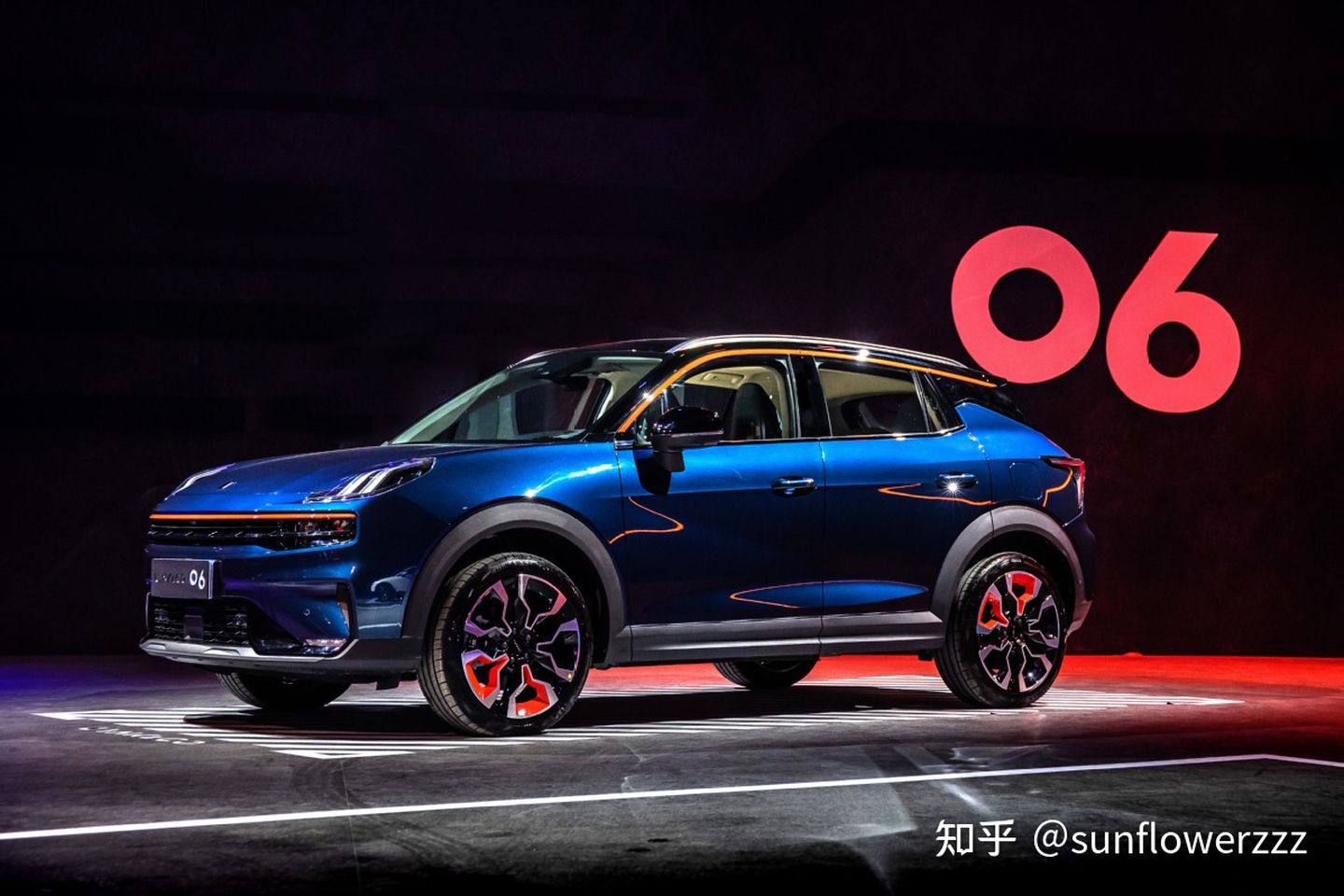
This is not unfounded. After all, domestic car companies have been spending a lot of money to attract internationally renowned designers for some years now, and the effect is obvious:

At the same time, domestic car companies’ own design teams have also been fully trained and grown in the past decade:
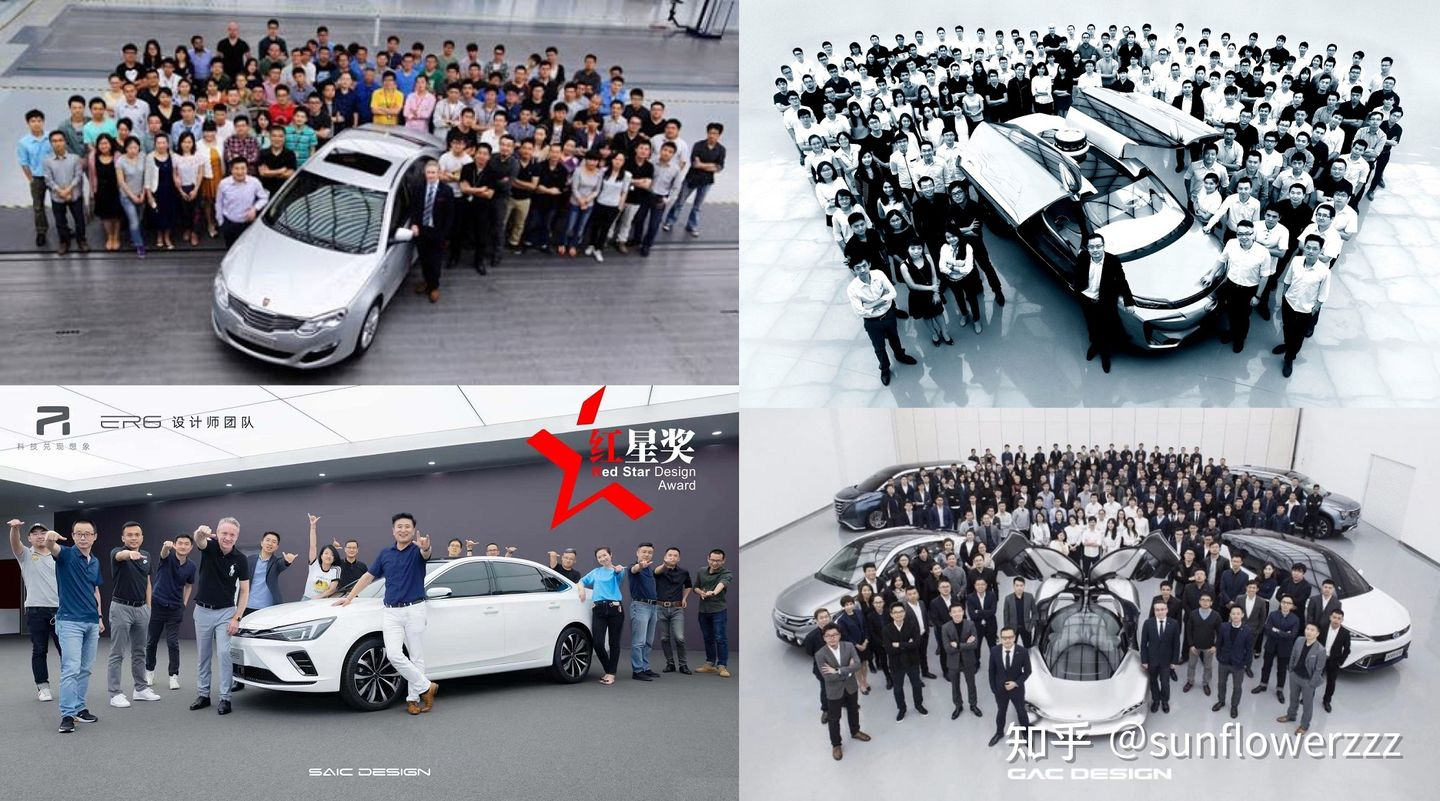
This design evolution, recruitment and growth, is actually driven by the almost suffocating over-competition in the Chinese automobile market:
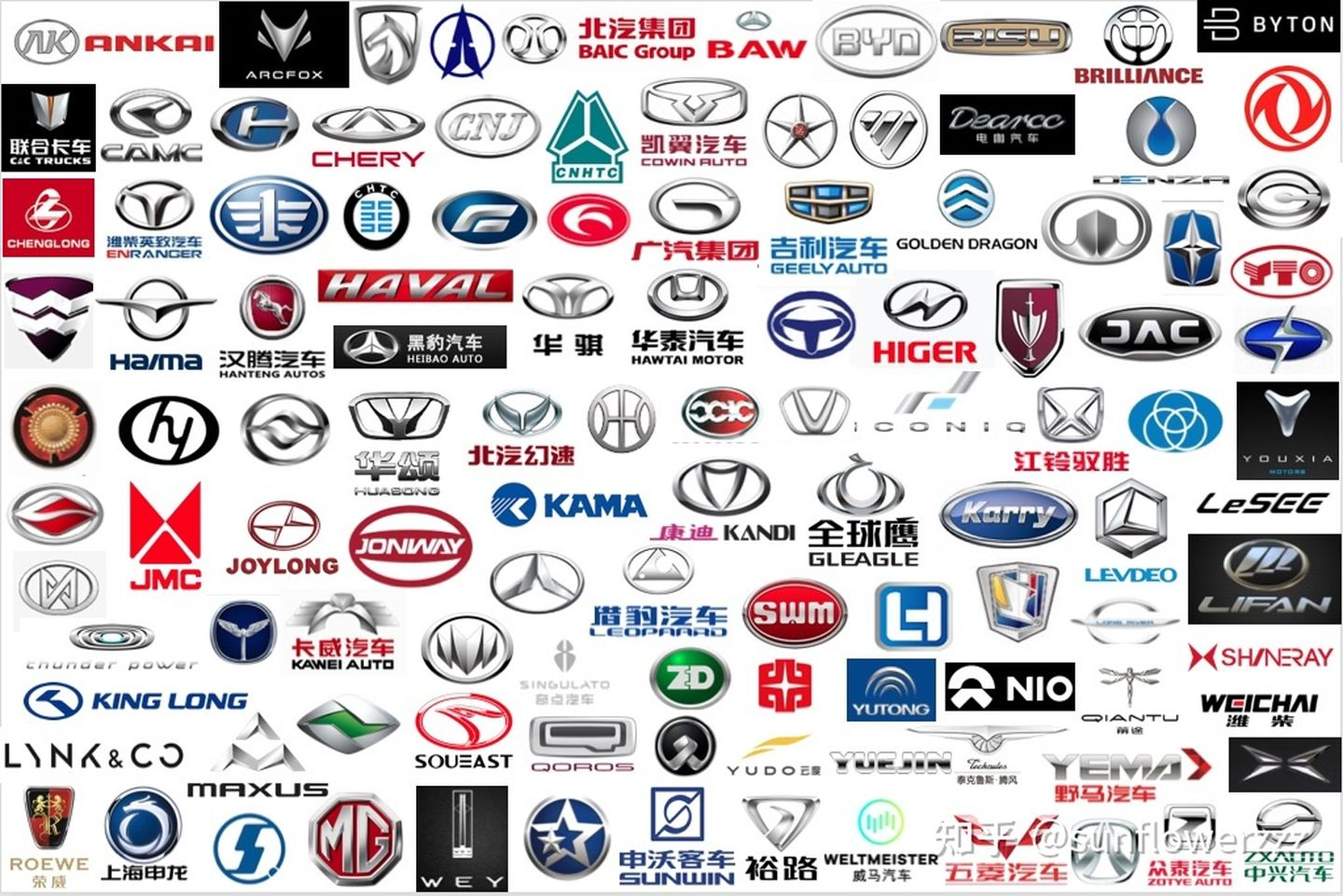
There is also the surging wave of new car-making companies:
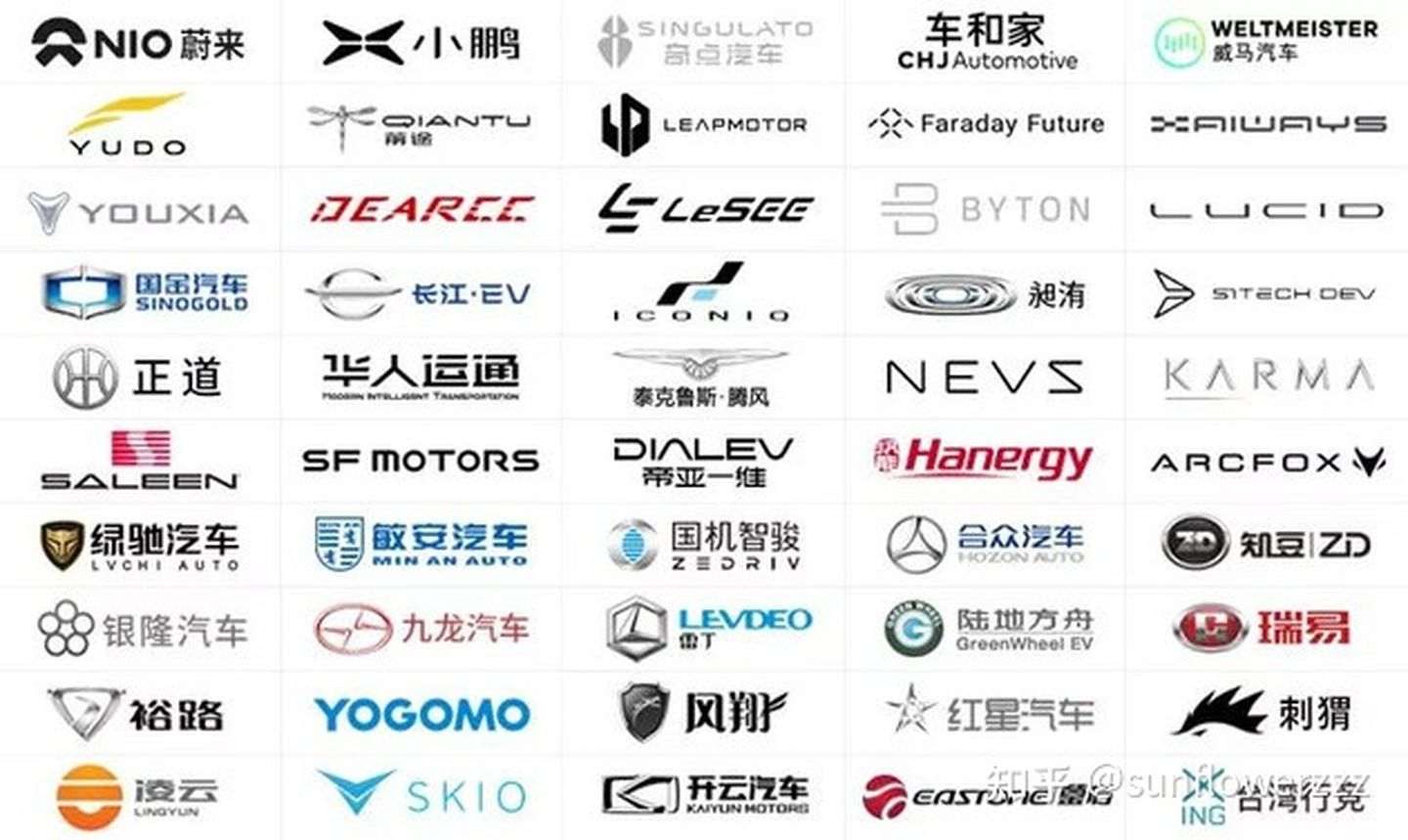
Nine years ago, on March 20, 2012, I wrote the following answer on Zhihu:Why is there a big gap in quality between domestic Chinese cars and foreign joint venture brands?
The path that China’s automotive industry has taken over the past decade is the same path that the Japanese took 20 years ago and the Koreans took 10 years ago. 20 years ago, Europeans and Americans mocked Japanese cars, and then the Japanese entered the European and American markets in force. 10 years ago, Europeans and Americans mocked Korean cars, and then the Koreans gradually established a foothold there.
Please be more tolerant of domestic brands. Five years later, within ten years, we will also enter the European and North American markets.
It hasn’t been ten years yet, but on December 6th, 2020, @XPeng Motors tweeted the following message: G3 lands in Norway:
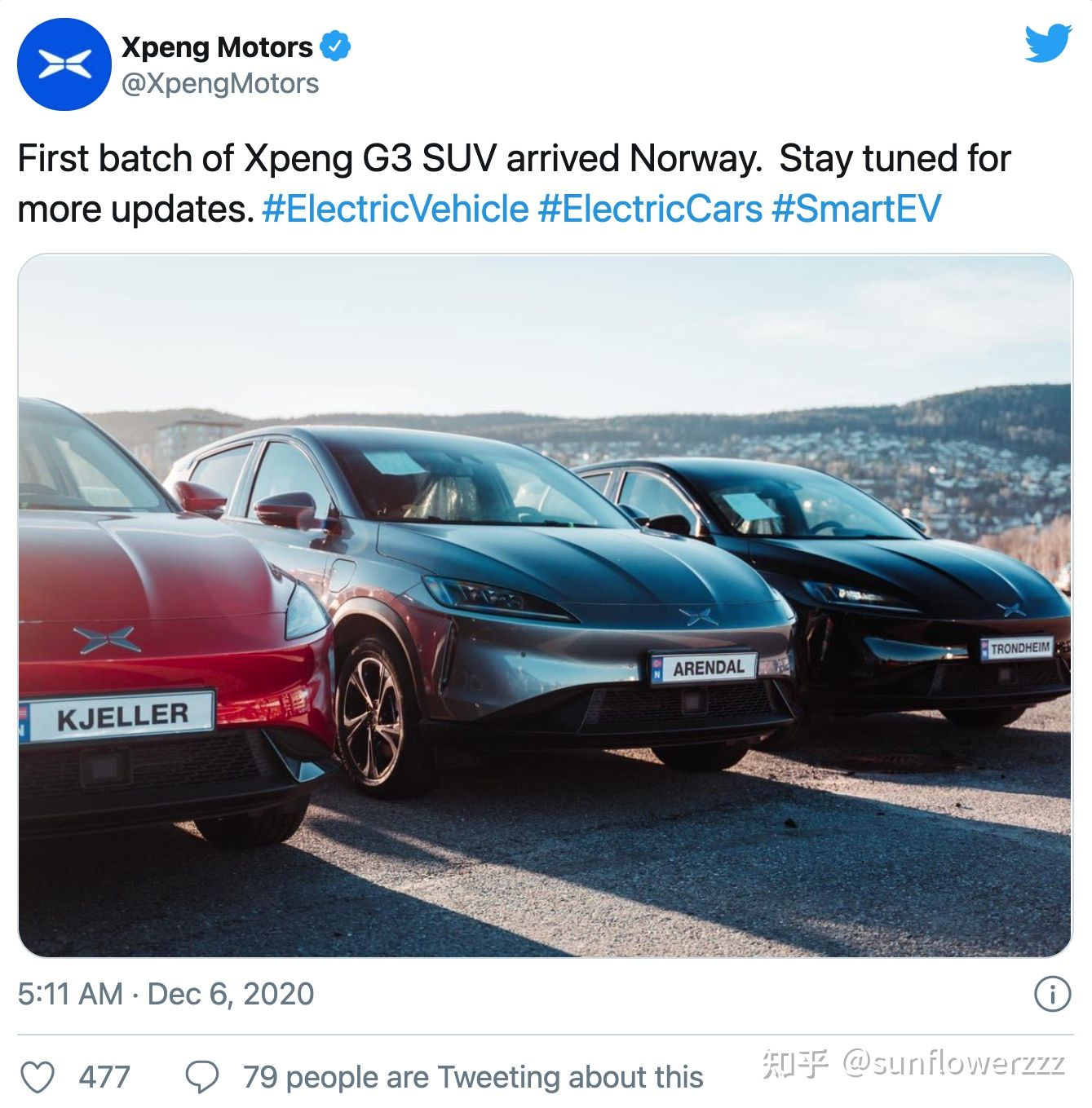
Next, NIO, WM Motor, and the previously released Ai Chi all have plans to export to Europe.
The competition has intensified!
It’s time to make a comeback!!
Going back to the main topic, in this extremely competitive market and with a subtle price ceiling of RMB 200,000, domestic car companies have almost caught up with foreign car companies’ latest luxury brand operations on products priced under RMB 200,000, refreshing the understanding of domestic consumers, and naturally making the new low-priced products from foreign car companies pale in comparison. One can compare this new Ben Chi with two already released cars from a domestic Chinese brand:
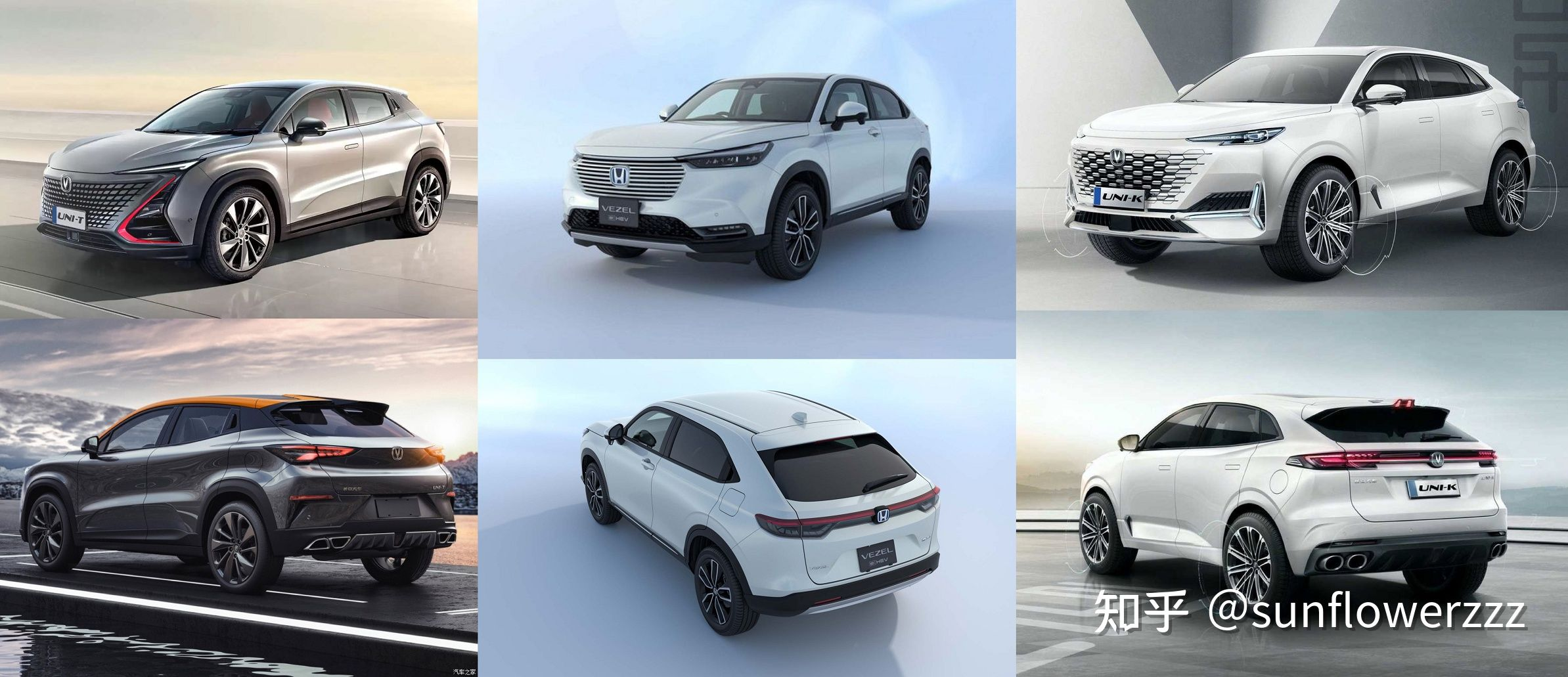
Although it looks similar to the UNI-K on the right which is one level larger, it is still not as good in design and quality as the UNI-T on the left, which is closer in size.
Indeed, times have changed, and the counterattack of domestic brands is likely just around the corner.
This article is a translation by ChatGPT of a Chinese report from 42HOW. If you have any questions about it, please email bd@42how.com.
